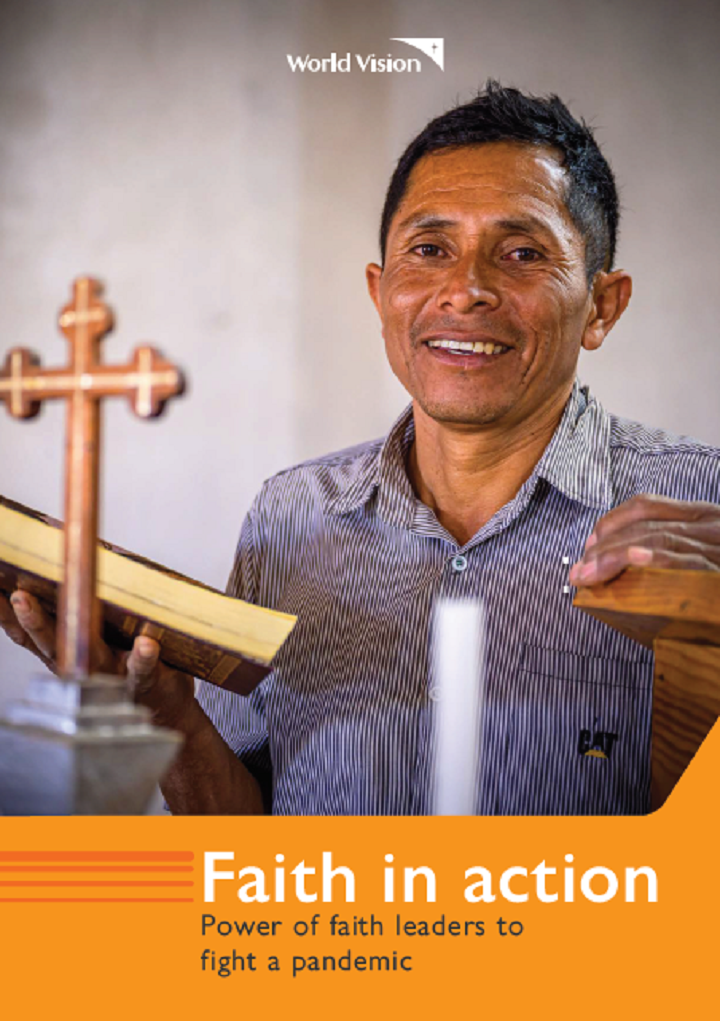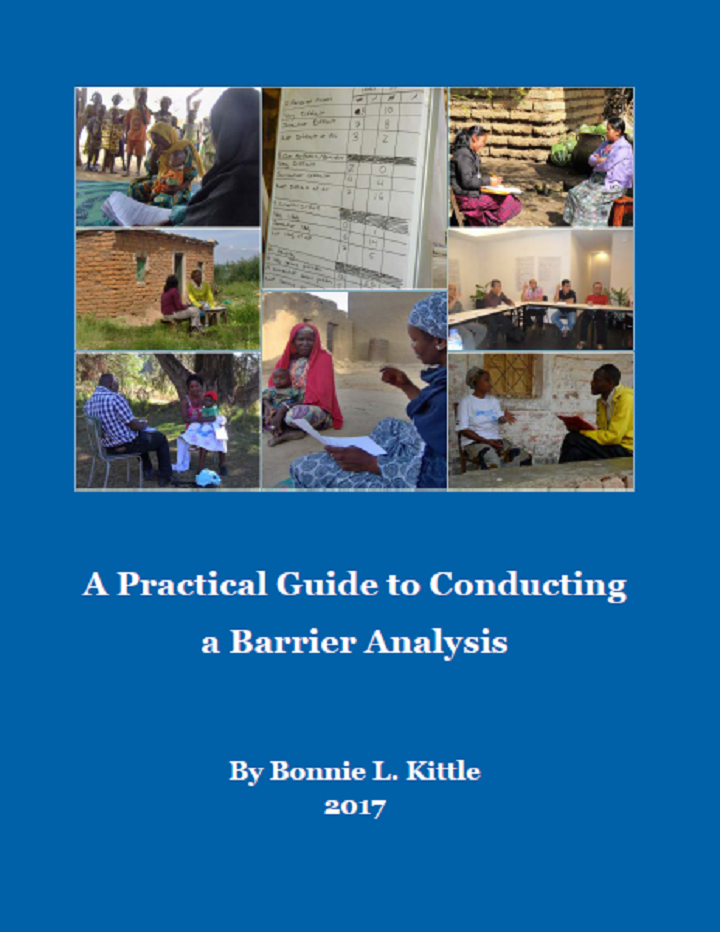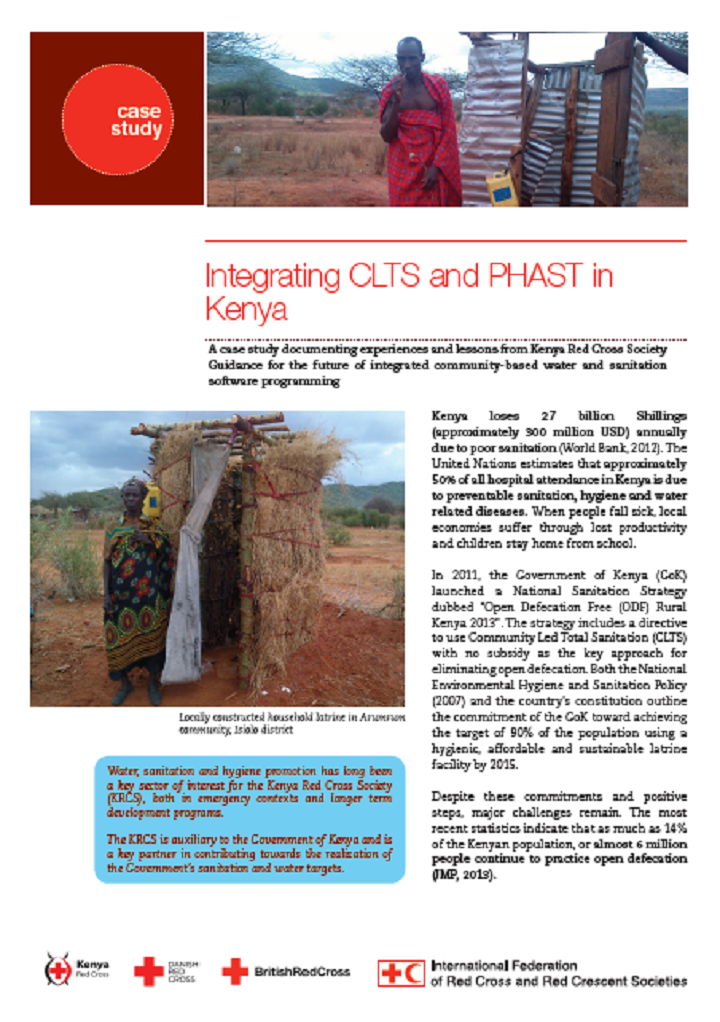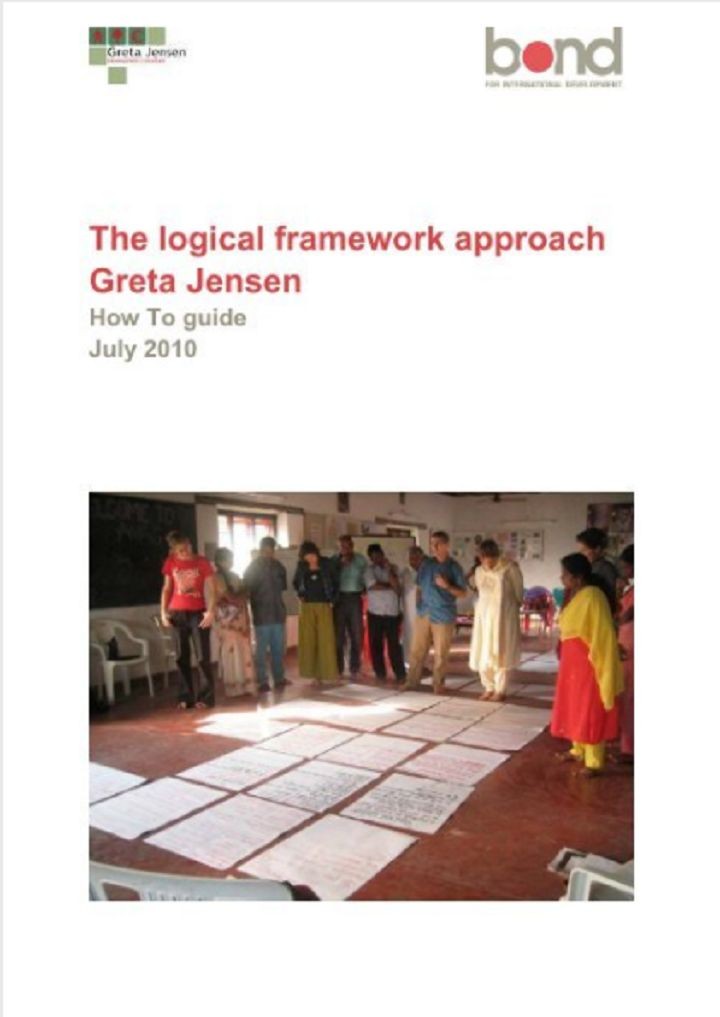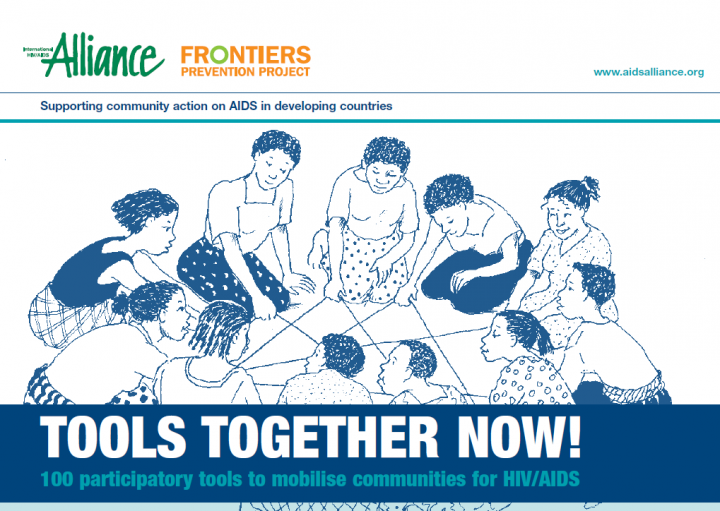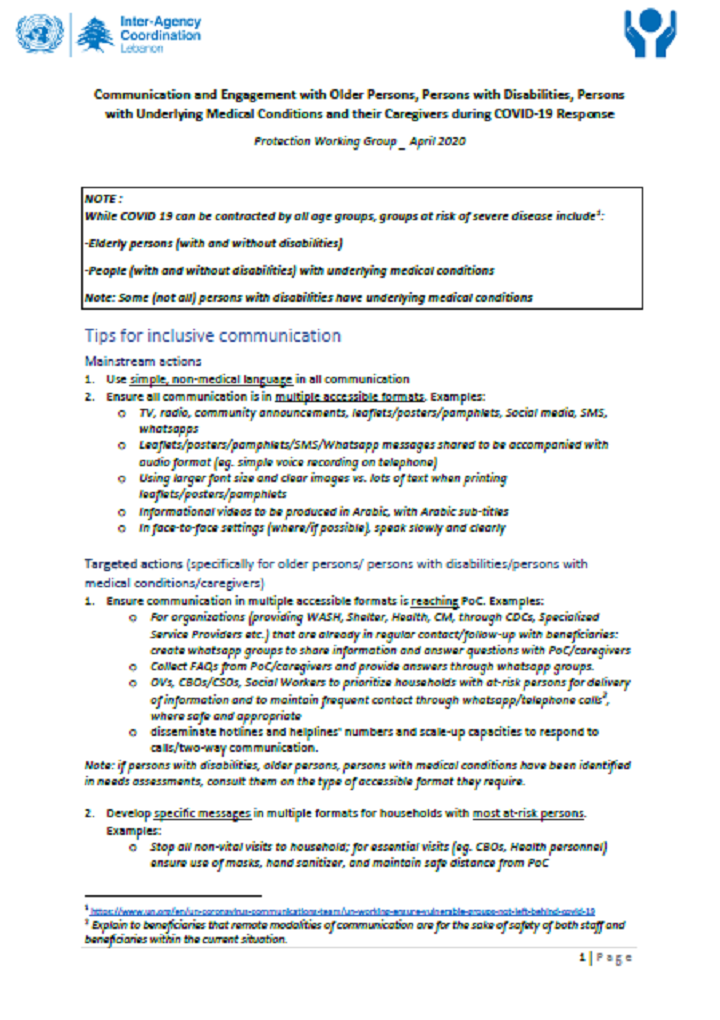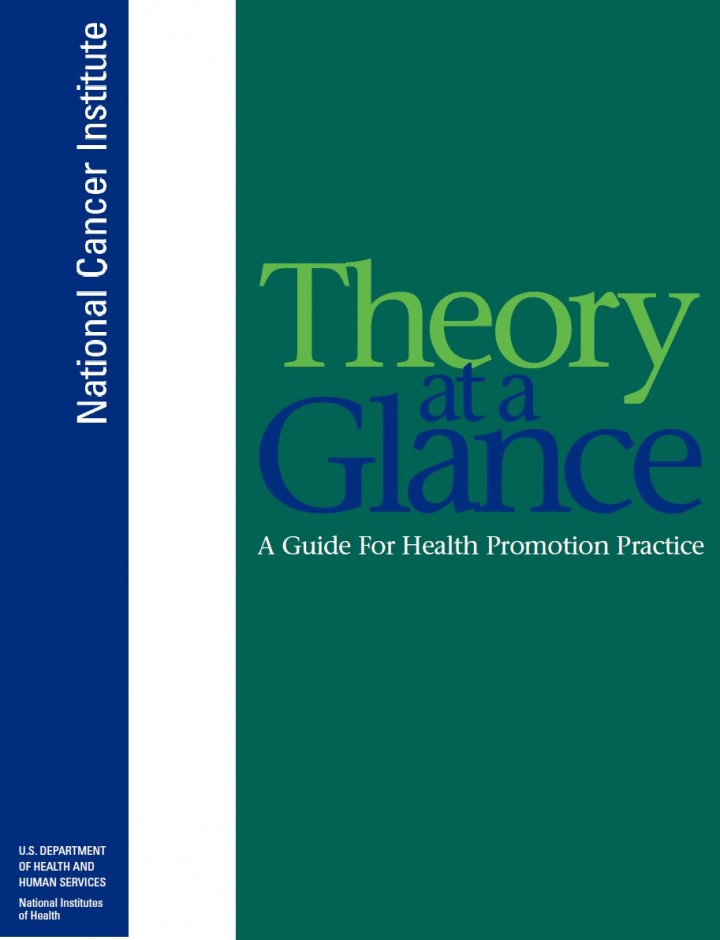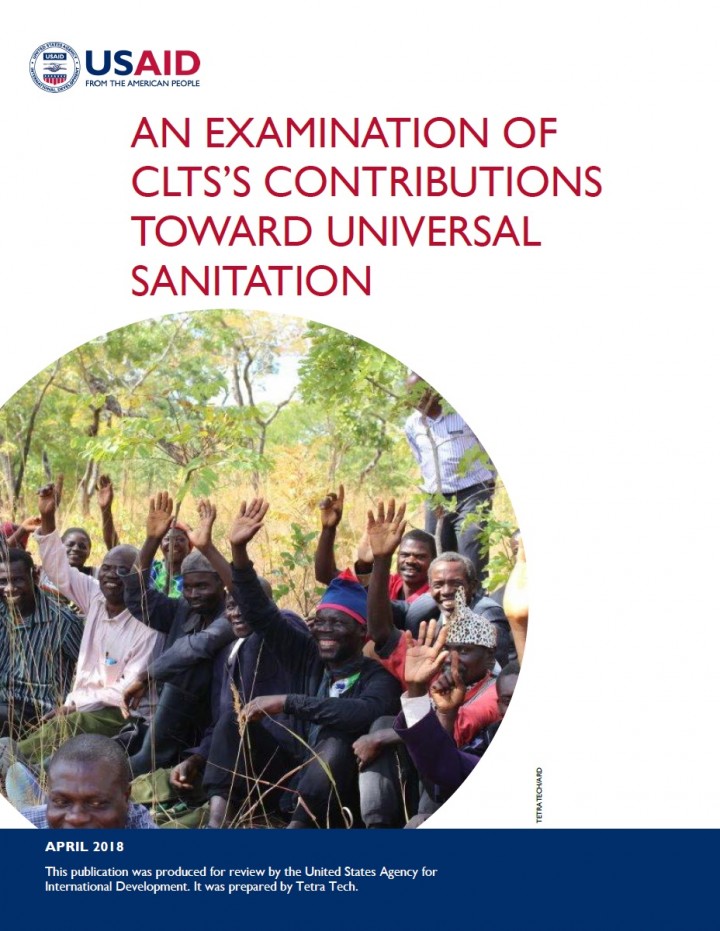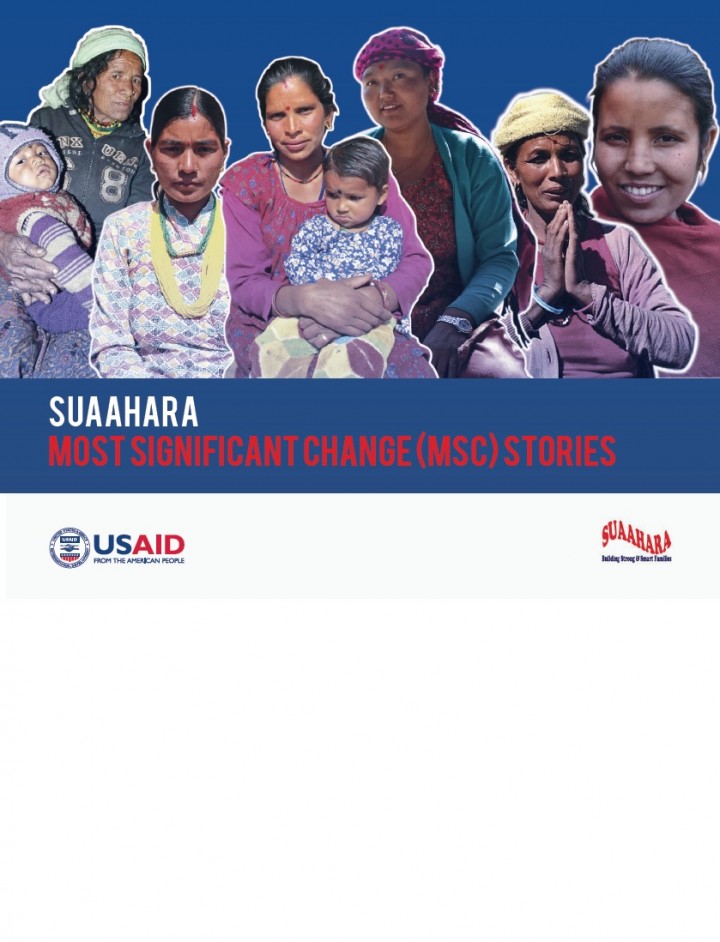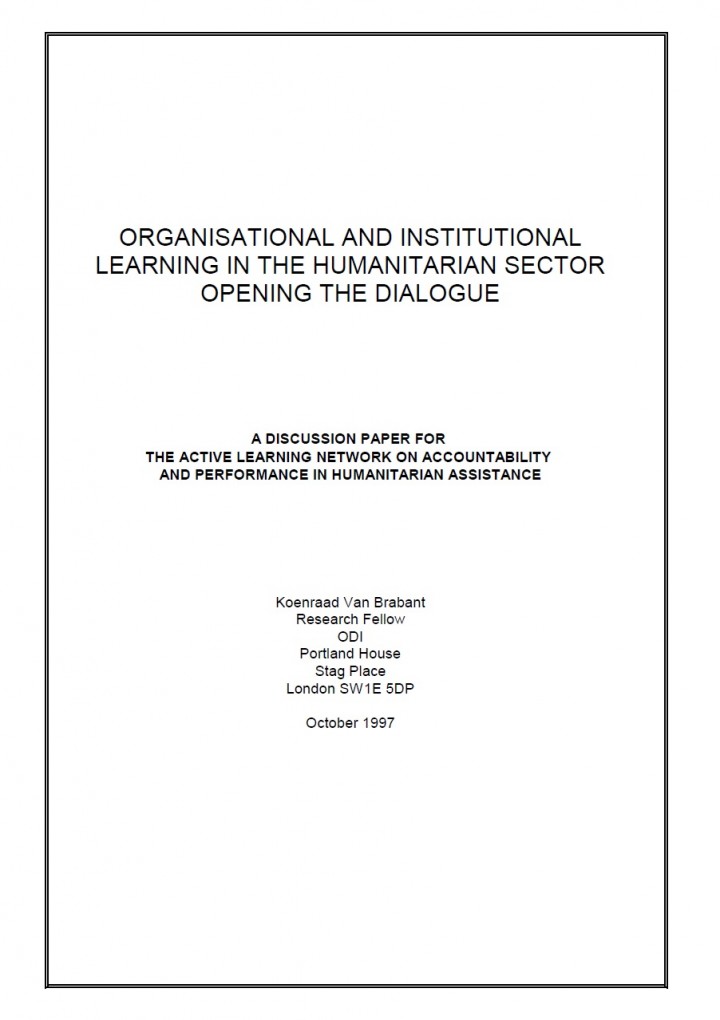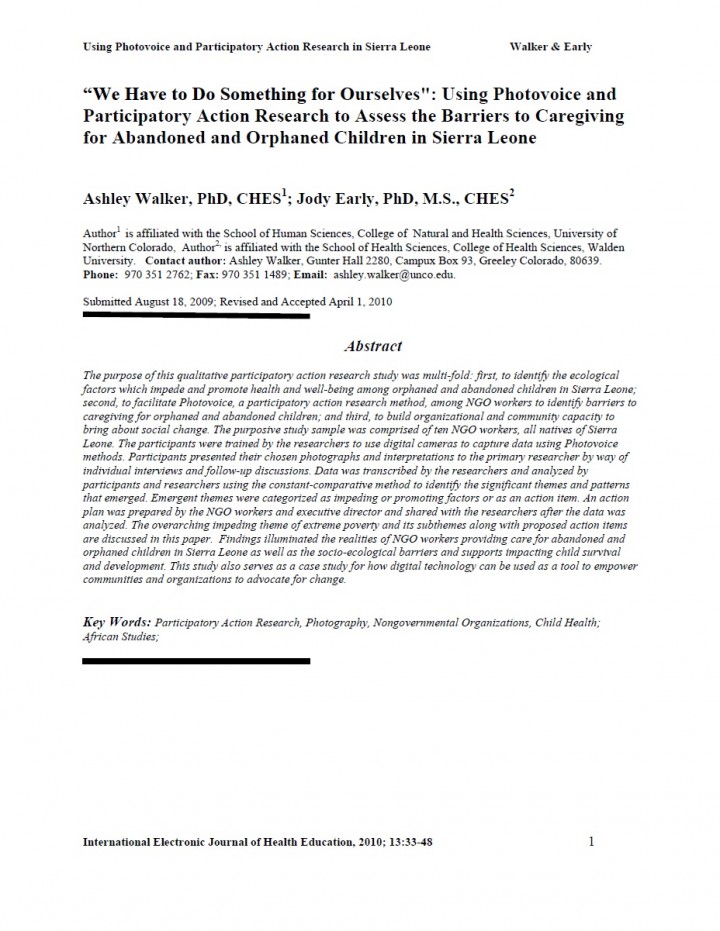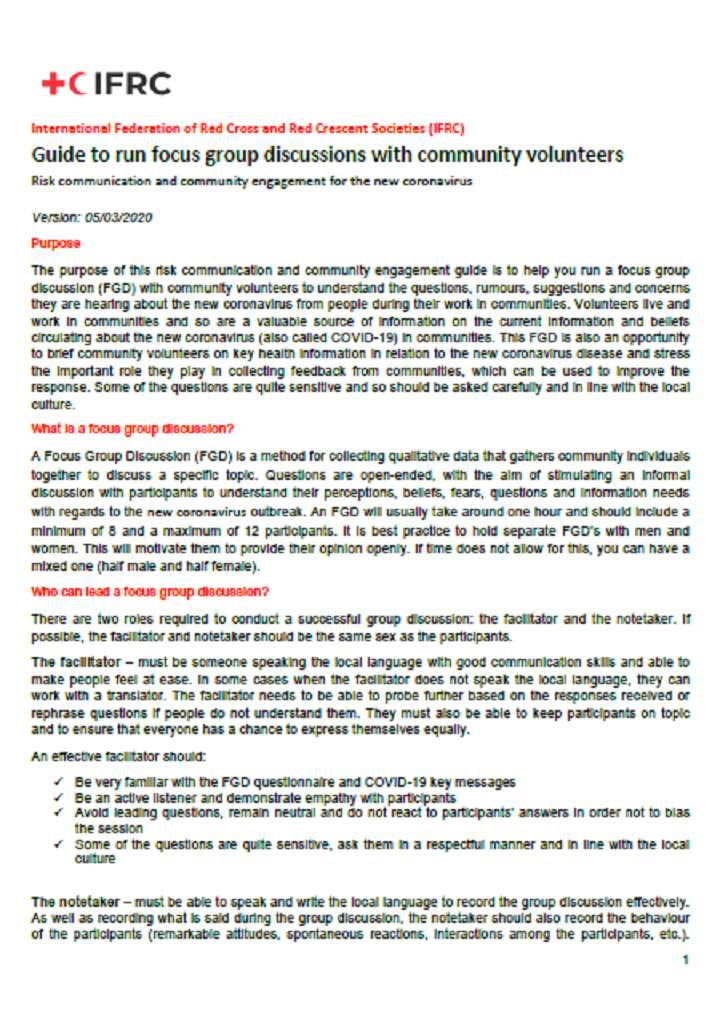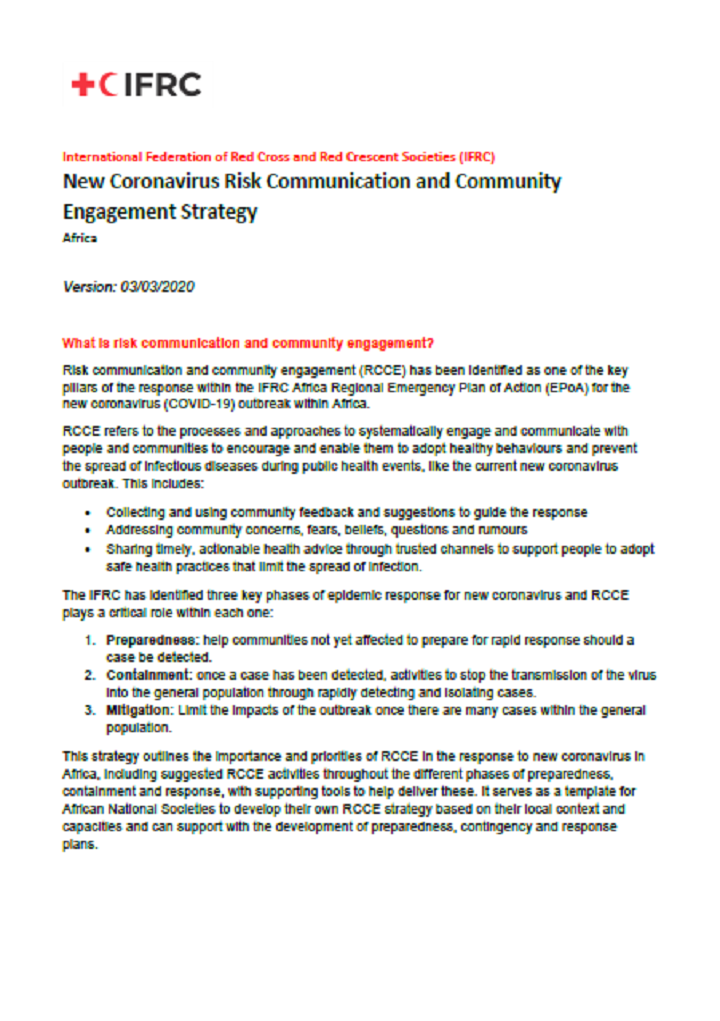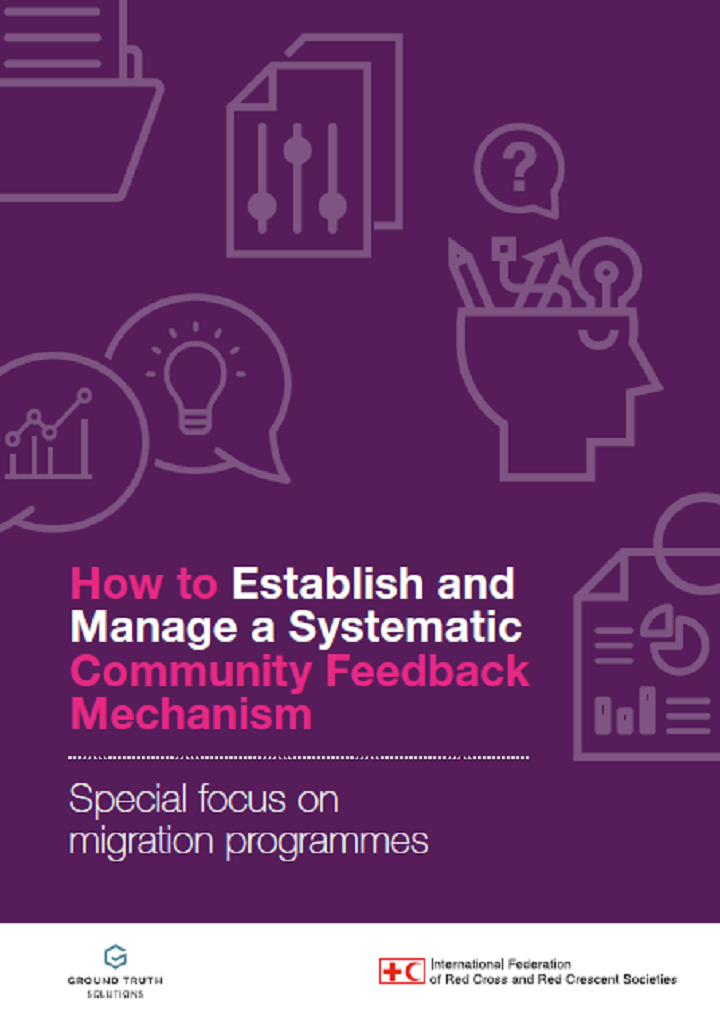Searching for information on Sanitation Workers?
The Sanitation Workers Knowledge + Learning Hub is the best source for all current news, trends, articles and updates on sanitation workers rights around the world.
Indicators are essential to monitor the progress of the Agenda 2030. An indicator summarizes information and helps policy makers to take important decisions regarding the implementation of measures to achieve the Sustainable Development Goals (SDGs). However, this requires data that is not available in many places. In order to fill this data gap, a transect walk with local stakeholders can …
Solar water disinfection (SODIS) is a sustainable method of water treatment. Despite the simplicity and many advantages of SODIS, past behaviour change campaigns have seen limited success. This study aims to compare intervention strategies in their efficiency in changing behaviour and to analyse which behavioural factors are differentially affected. The following factors were analysed in this …
The Practical Guide to Conducting a Barrier Analysis is a training curriculum that builds skills to plan and carry out a Barrier Analysis survey. The very practical, hands-on learning exercises help learners to answer the most common and frequently perplexing questions that arise during implementation. The use of the survey as a behavior change tool is made clear by first introducing the …
This is the second edition of The Johns Hopkins and International Federation of Red Cross and Red Crescent Societies Public Health Guide for Emergencies, a textbook that has been widely used in the classroom and the field. We are excited with the production of this second edition which captures both the experience of the Federation and the academic public health perceptions of Johns Hopkins …
Theory-based interventions can enhance people's safe water consumption, but the sustainability of these interventions and the mechanisms of maintenance remain unclear. We investigated these questions based on an extended theory of planned behaviour. Seven hundred and ten (445 analysed) randomly selected households participated in two cluster-randomised controlled trials in Bangladesh. Study 1 …
Sampling is the process of selecting units (i.e. a sample) within the wider population of interest, so as to be able to make inferences and estimate characteristics and behaviour of the wider population. Sampling is different from census which is when every single unit within the wider population of interest is covered for the research. A complete census is often not practical or possible in a …
A clear and integrated Risk Communication and Community Engagement (RCCE) strategy and response is vital for community uptake of essential public health and biomedical interventions to prevent and control the spread of disease. This strategy ensures dialogue and participation of all stakeholders and affected communities during preparedness, readiness and response.
The COVID-19 outbreak and …
In 2015, after a decade of approaching rural sanitation by subsidizing latrine construction with minimal results, the Government of Senegal launched a new strategy for rural sanitation defined by a transfer of responsibility for the acquisition of sanitation services to communities. This created an opportunity for market-based approaches for increased sanitation outcomes. In line with this …
Theory at a Glance describes influential theories of health related behaviors, the process of shaping behaviors, and the effects of ecological factors on behavior. The guide addresses the ways in which theory and models can be used in the planning, implementation, and evaluation of health promotion programs.
Community-led Total Sanitation (CLTS) is a revolutionary idea and an inspiring practice. The enthusiasm of its many adherents in government and civil society is understandable. This desk review examines the refereed and gray literature on CLTS, with the central objective of assessing the knowledge base on best practices and identifying evidence gaps to inform the project’s research agenda (to …
This manual is for community health program managers, field supervisors, and others who need to monitor and evaluate their programs. Most often people who have such a responsibility, also have to collect data as one
of their tasks. The manual will aid them to train others in a simple and rapid method for collecting data to use for monitoring and evaluation of community health programs. It is …
The purpose of this qualitative participatory action research study was multi-fold: first, to identify the ecological
factors which impede and promote health and well-being among orphaned and abandoned children in Sierra Leone; second, to facilitate Photovoice, a participatory action research method, among NGO workers to identify barriers to caregiving for orphaned and abandoned children; and …
The purpose of this risk communication and community engagement guide is to help you run a focus group discussion (FGD) with community volunteers to understand the questions, rumours, suggestions and concerns they are hearing about the new coronavirus from people during their work in communities. Volunteers live and work in communities and so are a valuable source of information on the current …
The purpose of this risk communication and community engagement guide is to help you run a focus group discussion (FGD) with community members to find out the perceptions, questions, suggestions and rumours within the community about the new coronavirus. It is important the Red Cross and Red Crescent understands what people already know and think about the new coronavirus so we can adapt health …
Photovoice is a participatory action research strategy by which people create and discuss photographs as a means of catalyzing personal and community change. The use of photovoice as an effective tool for carrying out participatory needs assessment, conducting participatory evaluation and reaching policy-makers has been discussed elsewhere. Here the authors examine the claims made for the …


